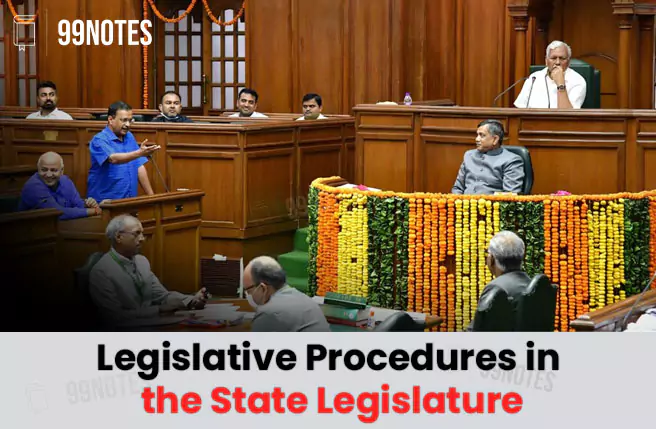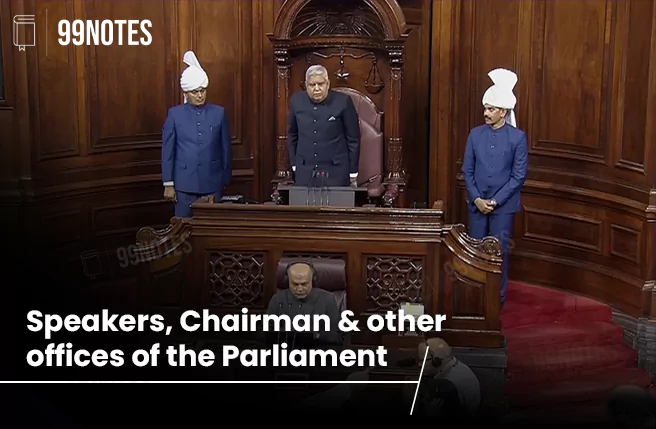Electoral Reforms
India, being the world’s biggest democracy and now dubbed as the “mother of democracy”, it becomes crucial to conduct a smooth transfer of power through free and fair elections that reflect the political and socio-economic aspirations of its people.
In a democracy, it is through elections that the general public participates in public affairs and expresses its will.
Despite the problems of poverty, illiteracy and the sheer diverse nature of its electorate, India has been successful in conducting periodic elections, ensuring large-scale participation and facilitating a smooth transfer of power.
However, over the years, certain aberrations have come up in the electoral system, which need to be rectified to realise the true potential of a well-functioning democracy. The decline in India’s rank in global democracy indexes is also a cause for concern. These situations demand electoral reforms, which we will discuss in this chapter.
Moreover, electoral reforms are a continuous process and hence, democratic societies must constantly look for ways to maintain a fair and impartial electoral system.
History of Electoral Reforms in India
- Till the late 1960s: With a few exceptions, such as instances of violence and vote rigging, India’s election system operated quite satisfactorily up until the 1960s. This can be largely attributed to one-party rule at the centre and in most of the states (“Congress System”).
- Emergence of Regional Parties: After 1967, regional parties started to emerge in states and along with it, the phenomena of coalition governments started.
- The paradigm shift brought by the alternative governments in states also witnessed some negative traits and distortions in the political system, which manifested itself in the greater electoral politics.
- In 1970, for the first time, a parliamentary committee was formed to look at amendments in election laws.
- In the later years, various governments have constituted committees to examine issues related to electoral reforms, such as the Dinesh Goswami Committee (1990), Indrajit Gupta Committee (1998), etc.
- Besides the government, the Election Commission has also proposed several electoral reforms; for example- the Election Commission of India – Proposed Electoral Reforms (2004 and 2018).
- The Law Commission has also proposed several electoral reforms in its 170th, 244th and 255th reports.





